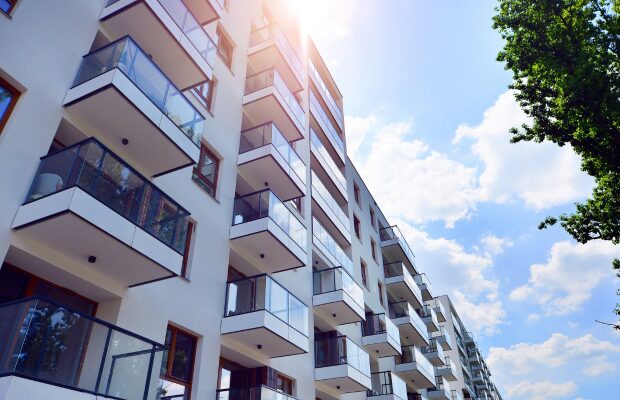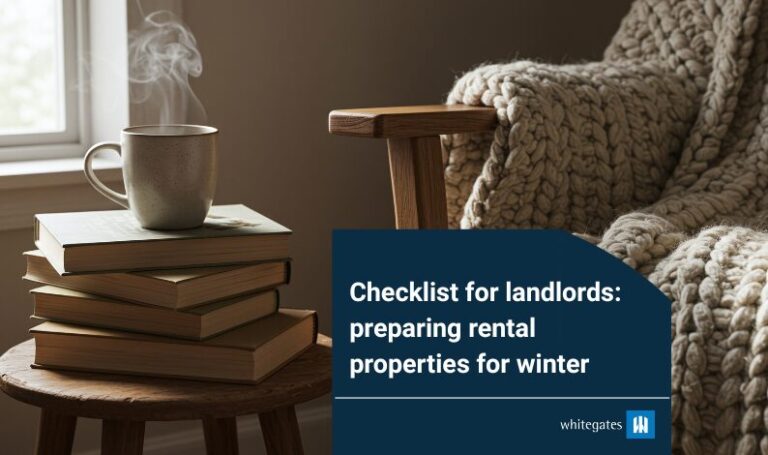Becoming a landlord is a great way to secure a secondary stream of income and a healthy financial future. But what makes a profitable buy-to-let, and how can you spot one? In this guide, we’ll take a look at the key features of a great investment property and what to focus on in the search for your next buy-to-let investment.
Looking for your next investment opportunity? Contact your local Whitegates branch today.
What is a buy-to-let?
The term ‘buy-to-let’ refers to purchasing a property with the intention of renting it out to tenants. This is a common investment strategy that typically provides both long-term and short-term income. Renting the property out provides monthly rental income, while selling the home later down the line could produce a return on investment as the property gains capital over time.
Why should you consider a buy-to-let?
Investing in buy-to-let properties is a great way to generate a steady rental income, which you can use to supplement your personal finances or to diversify your portfolio with additional investments. Properties tend to increase in value over time, so you can usually sell them for a profit down the line.
Related: Top things to consider before becoming a landlord
What to look for when searching for a buy-to-let
When searching for the perfect buy-to-let property, there are several factors to consider. At first, it may appear overwhelming; however, with the advice and guidance of a reputable agent, you can make informed decisions and find the perfect investment property for you.
History of the property
A property’s history is one of the key things to consider when searching for a buy-to-let property. While new builds may come with fewer maintenance issues and higher energy efficiency, older homes may come with a lower price tag. Regardless of the property’s age, you will need to know if there are any historical or ongoing issues before investing.
Opportunities for development
It is also crucial to consider opportunities for development when searching for a buy-to-let property, as this may increase its value and rental income potential while also providing other avenues for long-term growth. A property with unused interior or exterior space can be converted or extended to increase its value and appeal to potential tenants.
Structure
A property with a solid structure is likely to require fewer repairs and maintenance, saving you time and money in the long run. It also ensures the safety and well-being of your tenants, reducing the risk of accidents or damage to the property.
You should look for signs of structural issues such as cracks in the walls, damaged floors, or damp as these could be indicators of underlying problems that may require expensive repairs in the future.
Kerb appeal
First impressions are crucial, so a property with an attractive exterior may be more likely to attract tenants because it demonstrates a high degree of care and maintenance. A landscaped front garden, clean doors and windows, and a well-maintained driveway all help to increase kerb appeal.
Areas for potential improvement
Investing in a property with potential for improvement offers the opportunity to increase its value through renovations. A property in need of maintenance will usually be available to buy at a lower price, meaning you can maximise your return on investment and make upgrades that enable you to command a higher rental price.
If you decide to sell the property in the future, you should be in a good position to make a profit, as your renovations are likely to increase its market value.
The average rent in the area
Researching the average rent in a property’s area with the help of an agent is crucial so that you can understand the local market and determine the potential rental income you can generate. This can then help you budget and ensure you can cover expenses such as mortgage payments, taxes, and property maintenance.
Additionally, knowing the most sought-after property types in a specific area enables you to spot profitable investment opportunities.
Related: How to decide when and where to invest in a buy-to-let property
The neighbourhood
Understanding an area’s demographics can help you identify a good investment opportunity and understand how a property will fare in the rental market.
Population growth, employment opportunities, and average salaries can all influence rental demand and pricing, so having a detailed knowledge of a property’s neighbourhood can help you make smart investment decisions.
School catchment areas
School catchment areas can significantly influence a property’s desirability, as properties located near high-performing schools sometimes experience increased demand from families seeking quality education for their children. This increased demand can lead to higher vacancy rates and rental yields, as you can command higher rental prices.
Crime rates
High crime rates in a particular area can deter potential tenants, leading to higher vacancy rates and lower rental income. Also, a property in an area with high crime rates can increase the cost of insurance policies due to the increased risk. Areas with lower crime rates are perceived as safer and are therefore more attractive to tenants.
Related: What insurance do you need as a landlord?
Amenities
Properties located near popular amenities such as shops, parks, and public transportation can attract potential tenants and increase rental income as a result. Being near amenities can also increase property value over time, providing you with a higher long-term return on investment.
Considering a buy-to-let? We’re here to help
Your local Whitegates agent will provide valuable insights into local market trends to help you find the perfect buy-to-let opportunity that suits your specific situation.
We will guide you through the whole process, from identifying opportunities and negotiating terms to assisting you with property maintenance and tenant queries. Our friendly agents will assist you in every way to build a successful and profitable buy-to-let investment portfolio.
Contact your local Whitegates branch for expert rental guidance.




